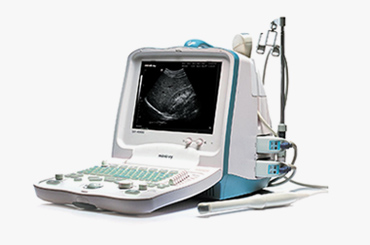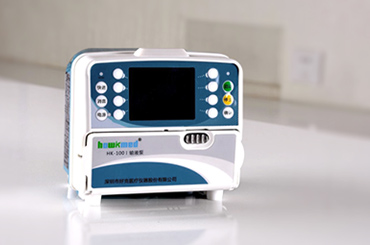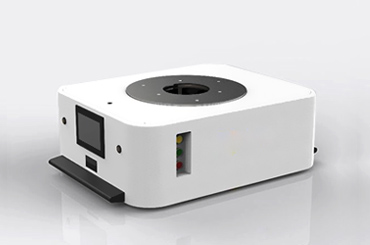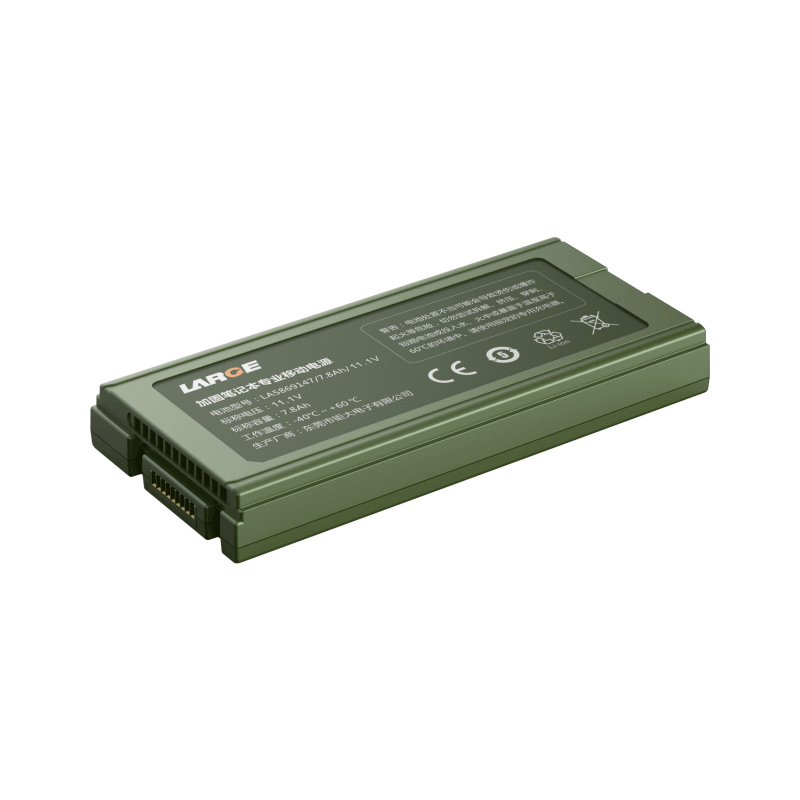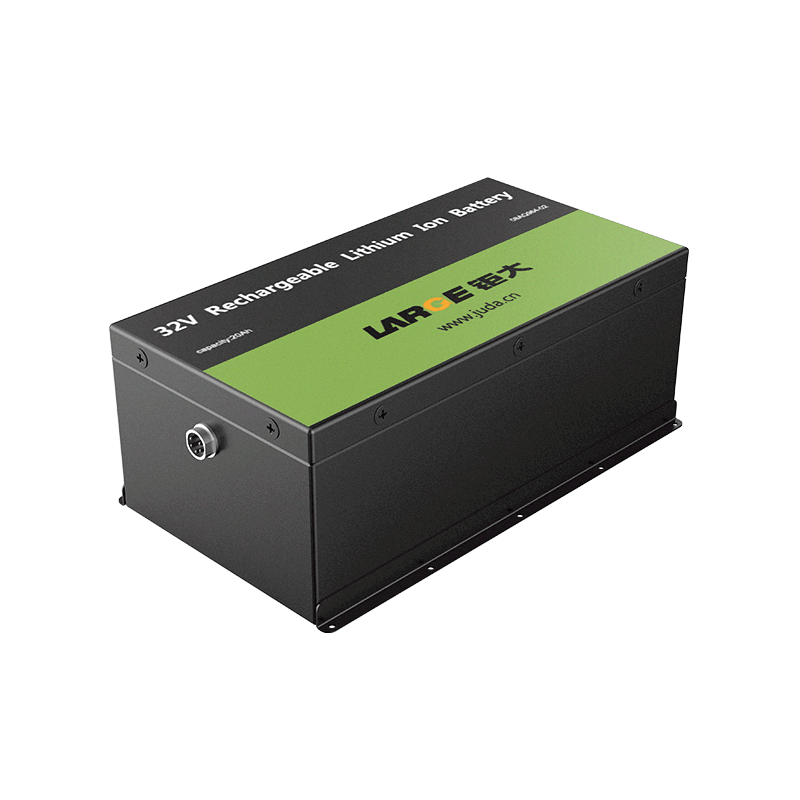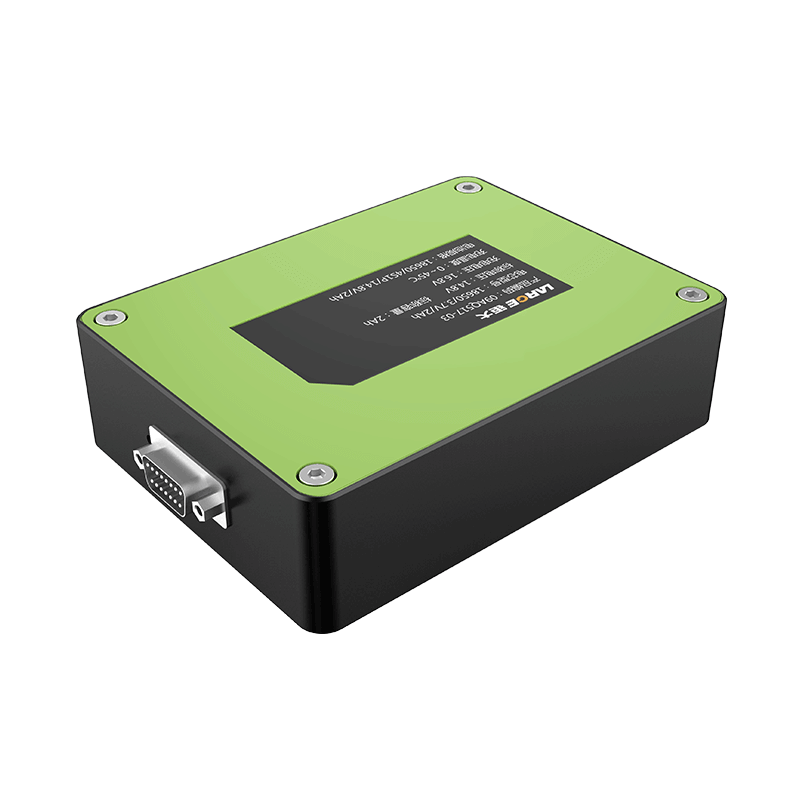-
Key Takeaways
-
Part 1: Effects of Low Air Pressure on High-Altitude Lithium Batteries+
- 1.1 Impact on chemical reactions and energy density
- 1.2 Influence on battery efficiency and output
- 1.3 Implications for battery lifespan in industrial applications
-
Part 2: Temperature Challenges for High-Altitude Lithium Batteries+
- 2.1 Effects of extreme cold on capacity and performance
- 2.2 Risks of overheating and thermal runaway
-
Part 3: Safety and Risk Management for High-Altitude Lithium Battery+
- 3.1 Addressing swelling, leakage, and venting risks
- 3.2 Preventing thermal runaway in high-altitude environments
- 3.3 Best practices for safe storage and handling
-
FAQ+
- 1. How does low air pressure affect lithium battery performance?
- 2. Which lithium battery type is best for high-altitude applications?
- 3. What safety measures prevent thermal runaway in high-altitude batteries?
How lithium batteries perform at high altitudes
May 19, 2025 Pageview:2384

You may not realize it, but a high-altitude lithium battery must endure unique environmental challenges. Low air pressure can disrupt chemical reactions, while extreme temperatures can impair performance. These factors not only reduce efficiency but also increase safety risks. However, with proper strategies, you can mitigate these effects and ensure reliable operation.
Key Takeaways
Thin air at high altitudes makes lithium batteries work less well. It slows ion movement, lowering energy and power output.
Picking the right battery, like LiFePO4, is important. This type is steady and lasts longer in high places.
Taking care of batteries helps them work better. Store them at the right temperature, maintain them well, and use good monitoring tools.
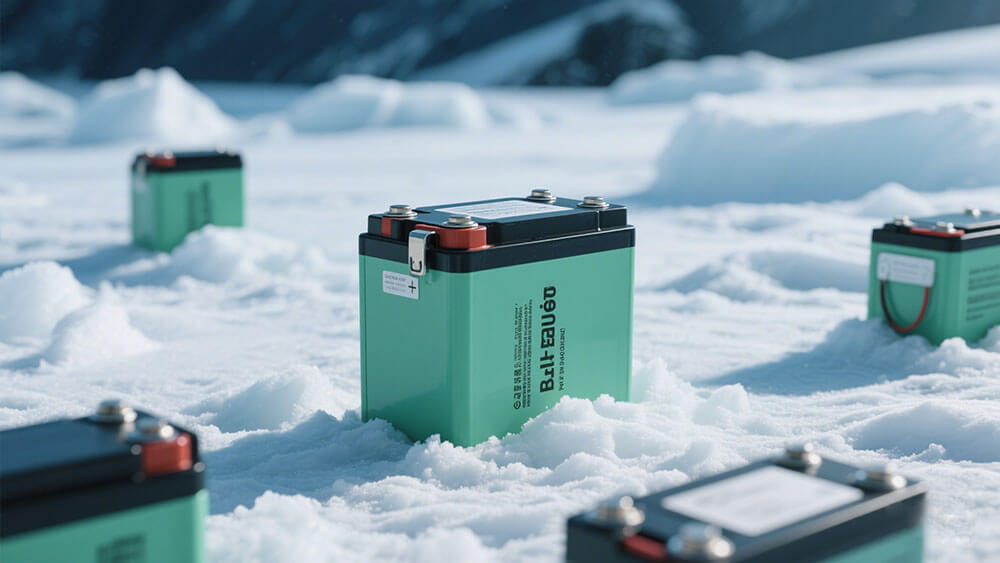
Part 1: Effects of Low Air Pressure on High-Altitude Lithium Batteries
1.1 Impact on chemical reactions and energy density
Operating a high-altitude lithium battery in low-pressure environments can significantly alter its chemical behavior. The reduced air pressure affects the internal electrochemical reactions, which are crucial for energy storage and release. For instance, the electrolyte's ion transport efficiency may decrease, leading to slower reaction rates. This directly impacts the energy density of the battery.
Among the common lithium battery types, NMC batteries offer an energy density range of 160–270 Wh/kg, while LCO batteries provide 180–230 Wh/kg. In contrast, LiFePO4 batteries, known for their stability, have a lower energy density of 100–180 Wh/kg but excel in cycle life, reaching up to 5,000 cycles. At high altitudes, these figures may vary due to the altered reaction dynamics. For applications in sectors like medical devices, where consistent energy output is critical, understanding these changes is essential.
1.2 Influence on battery efficiency and output
Low air pressure also affects the overall efficiency and output of a high-altitude lithium battery. The reduced oxygen levels can lead to increased internal resistance, which diminishes the battery's ability to deliver power efficiently. This is particularly problematic for devices requiring high energy bursts, such as robotics and surveying instruments.
For example, lithium-ion batteries, which are widely used in these industries, may experience a drop in voltage output under such conditions. NMC batteries, with a platform voltage of 3.5–3.6V, and LCO batteries, with 3.7V, are more susceptible to these changes compared to LiFePO4 batteries, which operate at a stable 3.2V. This makes LiFePO4 batteries a preferred choice for high-altitude applications where efficiency and reliability are paramount.
1.3 Implications for battery lifespan in industrial applications
The lifespan of a high-altitude lithium battery can also be affected by low-pressure environments. Prolonged exposure to such conditions may accelerate wear and tear on the battery's internal components, reducing its cycle life. For industrial applications, where long-term reliability is crucial, this poses a significant challenge.
For instance, in instrumentation devices used in high-altitude research, the choice of battery chemistry becomes critical. LiFePO4 batteries, with their superior cycle life of 2,000–5,000 cycles, outperform NMC and LCO batteries, which offer 1,000–2,000 and 500–1,000 cycles, respectively. By selecting the right battery type and implementing proper maintenance practices, you can mitigate the adverse effects of low air pressure and extend the battery's operational life.

Part 2: Temperature Challenges for High-Altitude Lithium Batteries
2.1 Effects of extreme cold on capacity and performance
Extreme cold presents a significant challenge for the performance of a high-altitude lithium battery. At temperatures below 0°C, the internal impedance of lithium batteries increases, which directly reduces their pulse power performance. Research using electrochemical impedance spectroscopy reveals that as the temperature drops, the mid-frequency arc of the impedance spectrum expands. This indicates that lithium-ion movement becomes increasingly hindered, leading to a decline in overall efficiency.
Cold conditions also cause voltage drops and capacity reductions, which are particularly problematic for applications requiring consistent energy output. For instance, in aerospace and military sectors, where ultra-low temperature lithium batteries are in high demand, these performance issues can compromise mission-critical operations. The global market for such batteries, valued at approximately USD 1.2 billion in 2023, is projected to grow at a compound annual growth rate (CAGR) of 9.8%, reaching USD 2.8 billion by 2032. This growth underscores the importance of developing solutions to mitigate cold-related performance challenges.
For industrial applications like instrumentation devices used in high-altitude environments, selecting the right battery chemistry is crucial. LiFePO4 Lithium batteries, with their stable platform voltage of 3.2V and cycle life of 2,000–5,000 cycles, outperform NMC and LCO batteries in cold conditions. However, even these robust batteries experience power loss and capacity decreases below 20°C. Pre-conditioning and the use of low-temperature lithium-ion battery can help maintain performance in such extreme environments.
2.2 Risks of overheating and thermal runaway
While extreme cold poses one set of challenges, overheating introduces another critical risk: thermal runaway. This phenomenon occurs when a lithium battery's internal temperature rises uncontrollably, leading to potential ignition or explosion. High-altitude environments, with their fluctuating temperatures and reduced heat dissipation, exacerbate this risk.
Laboratory tests provide valuable insights into the risks associated with overheating. For example:
Needle Test: Penetrating a mono cell with a TC-embedded needle revealed significant voltage and temperature changes, highlighting the thermal response.
Nail Test: High-speed penetration of a stacked cell demonstrated the likelihood of thermal runaway upon physical stress.
Impact Test: Dropping a heavy iron ball onto a pouch cell induced short circuits, showing ignition risks under mechanical stress.
SRL Mechanism: Safety Reinforced Layers (SRL) reduced battery explosion rates by 53%, proving effective in enhancing safety.
To prevent thermal runaway, you should implement robust safety measures, such as advanced thermal management systems and the use of safer battery chemistries. LiFePO4 Lithium batteries, known for their thermal stability, are a preferred choice for high-altitude applications. Additionally, monitoring systems that detect early signs of overheating can further enhance safety.
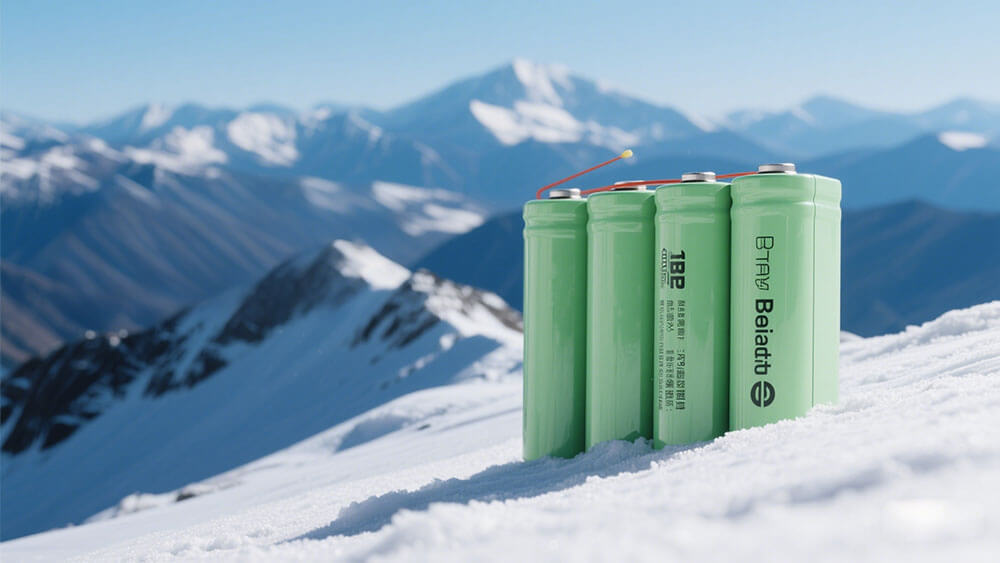
Part 3: Safety and Risk Management for High-Altitude lithium battery
3.1 Addressing swelling, leakage, and venting risks
High-altitude environments increase the risks of swelling, leakage, and venting in lithium batteries due to reduced air pressure and temperature fluctuations. These conditions can cause internal pressure imbalances, leading to compromised battery integrity. To address these risks, manufacturers conduct rigorous testing under simulated high-altitude conditions.
Test Type | Purpose |
|---|---|
Altitude Simulation | Assesses battery performance under reduced pressure. |
Thermal Tests | Evaluates behavior under extreme temperature variations. |
Vibration Tests | Ensures battery integrity during transport-induced disturbances. |
Overcharge Tests | Confirms safety during overcharging scenarios. |
For applications like instrumentation devices, selecting batteries with stable chemistries, such as LiFePO4 Lithium batteries, minimizes these risks. Their robust design and superior cycle life (2,000–5,000 cycles) make them ideal for high-altitude use.
3.2 Preventing thermal runaway in high-altitude environments
Thermal runaway remains a critical safety concern for lithium-ion batteries in high-altitude settings. Reduced heat dissipation and fluctuating temperatures exacerbate this risk. Implementing advanced thermal management systems and using thermally stable chemistries like LiFePO4 Lithium batteries can significantly reduce the likelihood of thermal runaway.
Monitoring systems that detect early signs of overheating further enhance safety. For example, Safety Reinforced Layers (SRL) have been shown to reduce explosion rates by 53%. These measures are essential for industries like robotics, where operational safety is paramount.
3.3 Best practices for safe storage and handling
Proper storage and handling practices are vital for maintaining the safety and performance of high-altitude lithium batteries. You should store batteries in temperature-controlled environments to prevent thermal stress. Avoid overcharging or deep discharging, as these can compromise battery integrity.
For industrial applications, consider using protective casings to shield batteries from physical impacts during transport. Regular maintenance, including voltage and capacity checks, ensures long-term reliability. By following these practices, you can mitigate risks and extend the operational life of your batteries.
FAQ
1. How does low air pressure affect lithium battery performance?
Low air pressure reduces ion transport efficiency, impacting energy density and output. For example, NMC Lithium batteries may experience diminished performance in high-altitude environments.
2. Which lithium battery type is best for high-altitude applications?
LiFePO4 Lithium batteries excel due to their stability, 3.2V platform voltage, and 2,000–5,000 cycle life. They are ideal for instrumentation devices in harsh conditions.
3. What safety measures prevent thermal runaway in high-altitude batteries?
Advanced thermal management systems, monitoring tools, and stable chemistries like LiFePO4 Lithium batteries reduce thermal runaway risks.
Tip: For professional guidance on high-altitude batteries, visit Large Power.
- Prev Article: A Comprehensive Review of Lithium Battery Risk Management
- Next Article: How Safety Reinforced Layers Improve Lithium Battery Safety
Leave Message
Hottest Categories
-
Hottest Industry News
-
Latest Industry News




